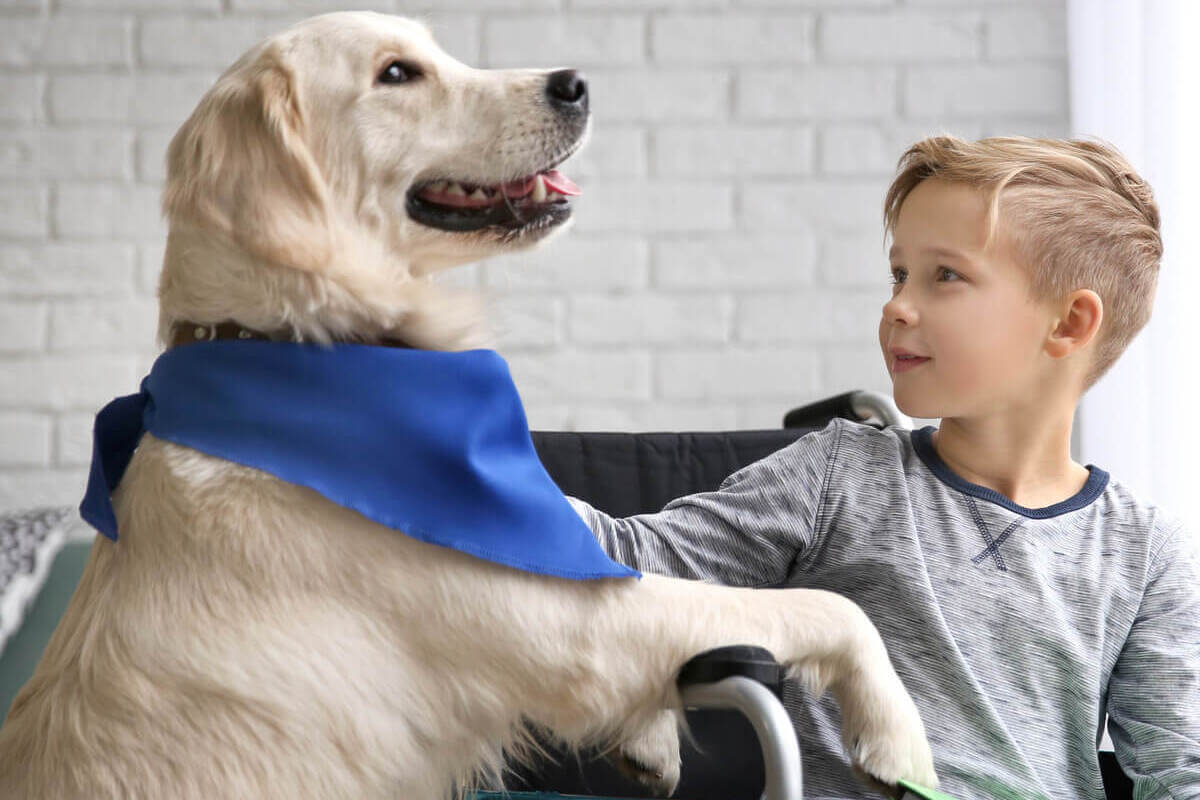Service Dogs, Therapy Dogs, and Support Dogs: Understanding the Differences
Service Dogs, Therapy Dogs, and Support Dogs: Understanding the Differences
When it comes to canine companions, various types of dogs provide assistance and support to humans. Among these, service, therapy, and support dogs are often mentioned, but many people might not know the differences between them. In this blog post, we will explore the unique roles and functions of service dogs, therapy dogs, and support dogs and understand how each of these incredible animals plays a vital role in the lives of the people they help.
Service Dogs
Service dogs are highly trained animals that perform specific tasks for individuals with disabilities. These dogs undergo rigorous training programs to learn how to assist their handlers with various tasks, ranging from guiding the visually impaired to alerting a person with epilepsy to an impending seizure. Service dogs are legally permitted to accompany their handlers in public places, even in areas with “no pets” policies, under the Americans with Disabilities Act (ADA).

Some examples of service dogs include:
- Guide dogs for the visually impaired
- Hearing dogs for the deaf or hard of hearing
- Mobility assistance dogs for people with physical disabilities
- Diabetic alert dogs for individuals with diabetes
- Seizure alert/response dogs for people with epilepsy
Therapy Dogs
On the other hand, therapy dogs are trained to provide comfort, affection, and emotional support to people in various settings such as hospitals, nursing homes, schools, and disaster relief areas. Therapy dogs are not specifically trained to perform tasks for individuals with disabilities and therefore do not have the same legal access rights as service dogs. However, they are trained to be well-behaved, calm, and adaptable in diverse environments.
The primary purpose of therapy dogs is to offer emotional support and help improve the well-being of those they interact with. Therapy dogs often participate in programs like:

- Reading programs for children to improve literacy skills
- Visiting hospitals to provide comfort to patients
- Offering emotional support to disaster victims
Support Dogs
Support dogs, also known as emotional support animals (ESAs), provide emotional support and companionship to their owners. Unlike service dogs, support dogs do not require specific task training. However, they must be well-behaved and able to provide comfort and support to their owners, who typically have a mental or emotional disability.
Support dogs have limited access rights compared to service dogs. They can live in “no pets” housing and may travel with their owners in an aircraft cabin under the Air Carrier Access Act (ACAA). However, they cannot accompany their owners in public places with “no pets” policies.
Conclusion

Understanding the differences between service dogs, therapy dogs, and support dogs is essential for respecting the roles and boundaries of these incredible animals. Each type of dog plays a unique and vital role in providing assistance, comfort, and support to the people they help. By recognizing and appreciating their distinct functions, we can foster a better understanding of the importance of these canine companions in our society.
Would you like a certified trainer to contact you?








